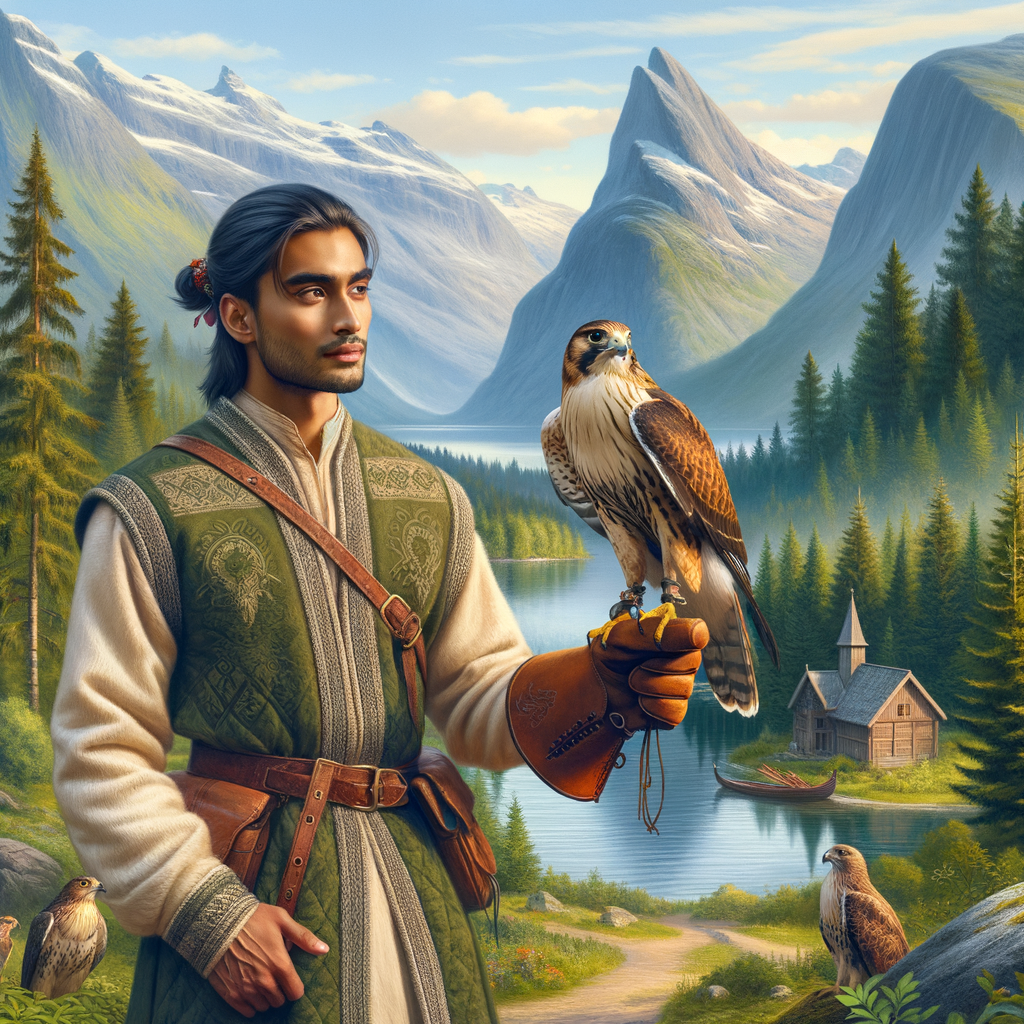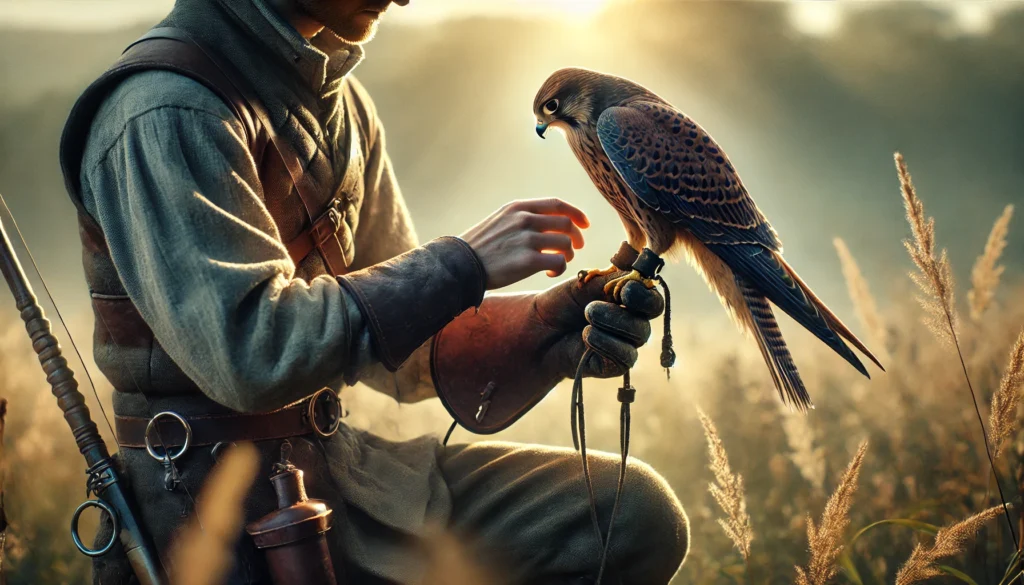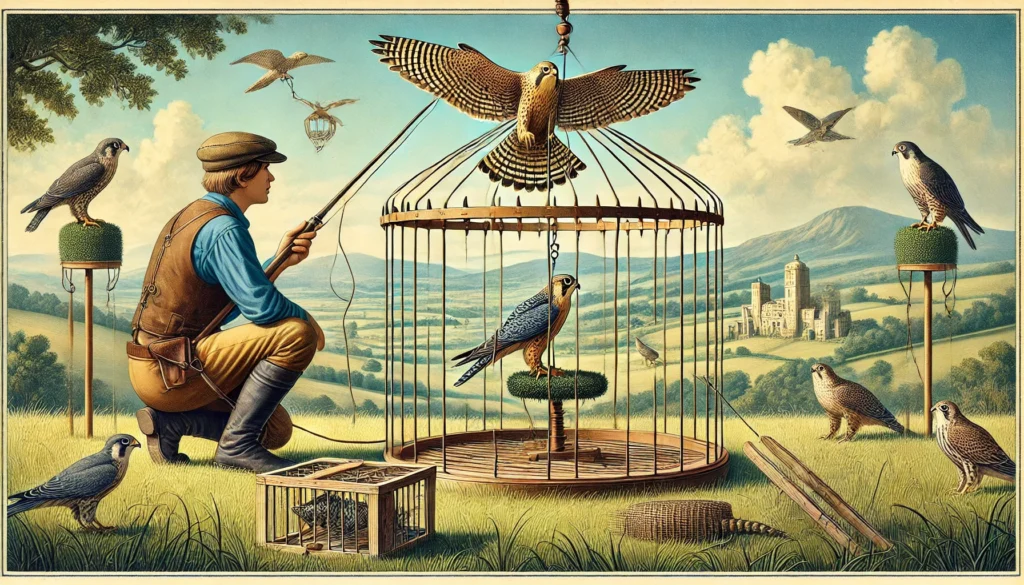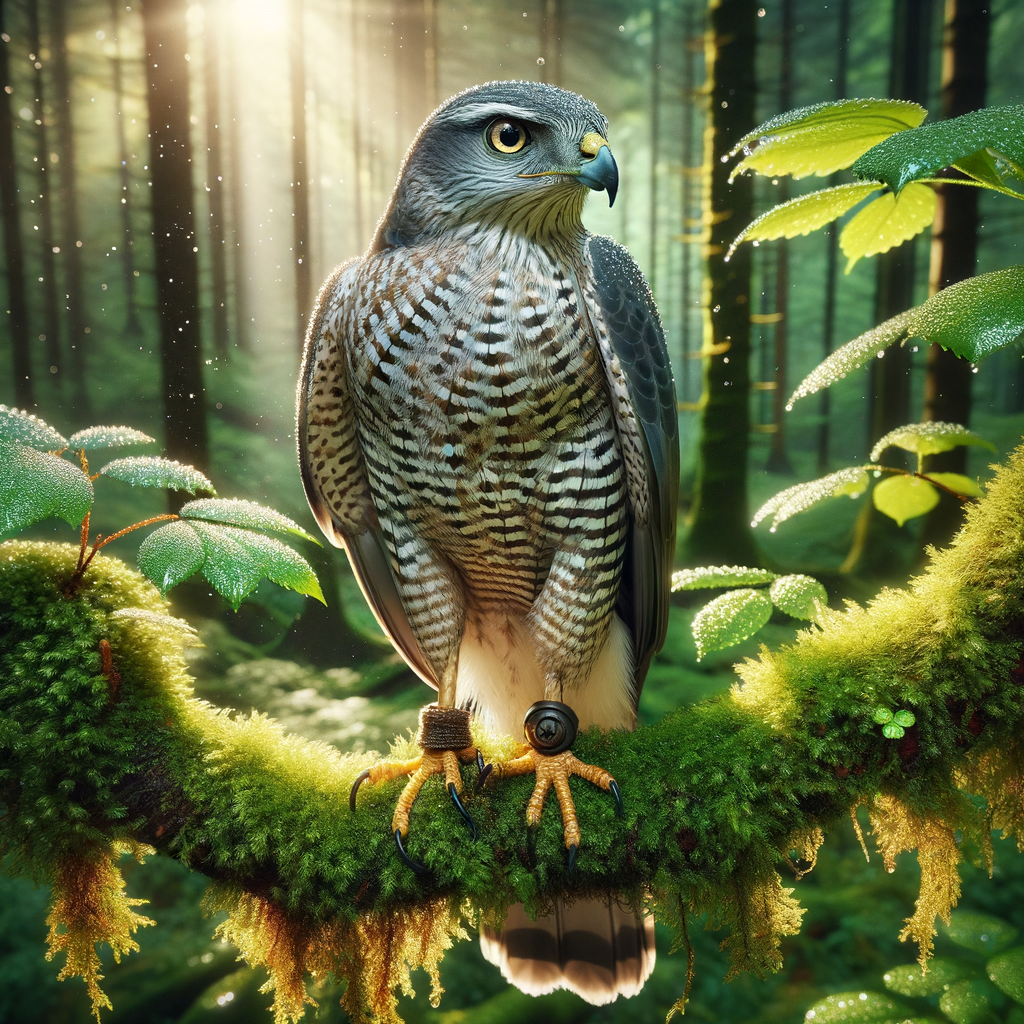Fascinating Insights on Falconry in Scandinavian Cultures
- Falconry has been practiced in Scandinavia for centuries.
- It is an art and a sport involving training birds of prey to hunt.
- Falcons, hawks, and eagles are among the birds commonly used.
- The practice requires patience, skill, and a deep bond between falconer and bird.
- Historically, falconry was a symbol of status and nobility.
- Kings and warriors often participated in falconry for recreation and status.
- Nowadays, falconry is also recognized as a way to connect with nature and wildlife.
- The traditions of falconry are passed down through generations in Scandinavia.
- Special schools and clubs exist to teach the skills and history of falconry.
- Ethical treatment and well-being of the birds is a crucial part of modern falconry practices.
- Falconry events and shows are held to educate the public and celebrate the rich tradition.
- Falconers in Scandinavia use techniques and equipment that have evolved over time but still respect ancient practices.
Explore the captivating world of falconry in Scandinavian cultures with us at Learn Falconry!
Discovering Falconry in Scandinavian Cultures: An Enchanting Journey
Picture yourself listening to an elder in an Irish village, spinning tales of ancient warriors and their loyal hounds, bringing to life a world where humans and animals share an unbreakable bond. Now, let’s transport that imagery to the Viking Age, but swap the trusty hound for a majestic falcon and the sprawling Irish fields for the stunning fjords and forests of Scandinavia. You’re about to embark on an exploration of falconry in Scandinavian cultures, a fascinating tradition where the deep connection between humans and birds of prey paints a vivid portrait of history.
So why should you keep reading? Because much like a captivating Irish tale, the story of Scandinavian falconry is filled with unexpected heroes, mythical encounters, and age-old wisdom that still resonates today. Dive into this enchanting narrative, and uncover how these ancient traditions hold valuable lessons for us all. Trust us, you won’t want to miss a single detail of this soaring adventure!
The Rich History of Falconry in Scandinavian Cultures
The Origins of Scandinavian Falconry
Falconry is the art of training birds of prey to hunt in partnership with humans. While this ancient practice has deep roots in many cultures worldwide, Scandinavian falconry is especially fascinating. In the Nordic region, it’s a mix of tradition, skill, and a deep connection with nature.
Early Beginnings of Falconry in Scandinavia
Falconry in Scandinavia dates back over a thousand years. Historical records show that the Vikings were among the first to practice this art. Nordic falconry traditions often involved using various species of falcons to hunt small game in the vast Scandinavian wilderness.
Explore the History of Falconry in Different Cultures
Unique Techniques and Tools
Scandinavian falconers developed their own unique techniques and tools to master falconry. They crafted specialized equipment such as hoods, bells, and jesses to ensure falcons could perform effectively. This equipment not only facilitated training but also ensured the bird’s safety and health.
Learn More About Falconry Equipment
Training Methods in Nordic Falconry Traditions
The training methods used in Nordic falconry traditions were intricate and required a deep understanding of bird behavior. The process involved conditioning and recall training, where the falcon learned to return to its handler after a successful hunt. This bond between the bird and the falconer was crucial for hunting success.
Dive into Training Techniques
The Role of Falcons in Scandinavian Culture
Falcons held significant cultural importance in Scandinavian societies. They were symbols of power and nobility. Falconry was often practiced by royalty and was a mark of prestige. These birds were also depicted in various Nordic myths and legends, further cementing their status in Viking culture.
Falcons in Various Cultures
The Evolution of Falconry Techniques
Over the centuries, the techniques used in Scandinavian falconry evolved. Modern falconers now have access to innovative technologies like GPS trackers and advanced training aids, making the practice more efficient and safer for the birds.
Discover Advanced Falconry Techniques
Legal Aspects of Falconry in Scandinavia
Falconry in modern Scandinavia is regulated by strict laws to ensure the welfare of the birds and the sustainability of the practice. Falconers must follow legal guidelines and obtain necessary permits to practice falconry.
Understand Falconry Regulations
Falconry has been an integral part of Scandinavian cultures for centuries. From the ingenious falconry techniques developed by the Vikings to the strict legal frameworks in place today, it is clear that this practice is cherished in the Nordic region.
Falconry: A Glimpse into Scandinavian Cultures
Historical Significance
Falconry has been an integral part of Scandinavian culture for over 4,000 years, dating back to the Viking Age. Archaeologists have discovered numerous artifacts indicating that the Vikings extensively used falcons, hawks, and even eagles for hunting and as symbols of status and power.
Falconry in the Viking Age
Key Findings:
- 800-Year-Old Figurine: In Oslo, Norway, an 800-year-old figurine of a king or queen with a falcon has been found, providing evidence of the historical significance of falconry in the region.
- Artifacts and Objects: Numerous falconry-related artifacts have been discovered in Scandinavia, confirming that the practice was prevalent during the Viking Age.
Role in Trade and Gifts
From 800 to 1800 AD, falconry played a crucial role in trade and as alliance gifts in Norway. Falcons were highly prized and often exchanged among nobility to strengthen alliances and show goodwill.
| Period | Role of Falconry |
|---|---|
| 800 – 1800 AD | Significant in trade and as gifts between nobles |
| Viking Age | Extensively used for hunting and status symbols |
| 15th-16th Century | Increased importance among high nobility |
Species Used in Falconry
Among the most common species used in Scandinavian falconry are the Peregrine Falcon, the Saker Falcon, and the Lanner Falcon. These birds have been trained for hunting practices for centuries and are still preferred by falconers today.
| Species | Scientific Name |
|---|---|
| Peregrine Falcon | Falco peregrinus |
| Saker Falcon | Falco cherrug |
| Lanner Falcon | Falco biarmicus |
Modern Practice of Falconry
Falconry has been modernized and is practiced by people of all ages in many Nordic countries. Traditionally passed down through mentoring, family teachings, and training clubs, falconry remains a vibrant practice.
Equipment and Techniques
Falconers in the Nordic regions use traditional equipment such as falconry furniture and employ methods passed down through generations. The emphasis is on safeguarding falcons, their prey, and habitats while preserving the art of falconry.
Conservation Efforts
Nordic falconry organizations commit to the conservation of birds of prey and their natural habitats. They actively work with conservation agencies and traditional equipment makers to ensure that the sport’s legacy continues.
Community and Support
Local clubs and associations provide a supportive network for falconers. These organizations offer opportunities for socializing, training, and knowledge-sharing.
Cultural Significance
Falconry is more than just a sport in the Nordic countries; it is a significant cultural symbol reflecting the region’s rich history and deep connection with nature. This heritage is often celebrated through various festivals and events, showcasing the importance of falconry in Scandinavian culture.
By understanding the various aspects of falconry in Scandinavian cultures, one can truly appreciate the depth and richness of this ancient practice and its lasting impact on modern society.
Falconry’s Enduring Legacy in Scandinavian Cultures
Falconry holds a special place in Scandinavian history and culture, stretching back thousands of years, even to the Viking Age. The craft was more than a pastime; it was integral to trade, nobility, and status. Not only were falcons used for hunting, but they also signified alliances between noble families.
Today, while falconry may be a niche activity, its enthusiasts cherish the tradition’s deep roots and continue to uphold its practices with dedication. In modern Scandinavia, the practice is maintained through family traditions, mentoring, and training clubs. Falconers use traditional gear and methods, focusing on the conservation of birds of prey and their habitats.
However, falconry isn’t just about preserving old ways; it’s about actively contributing to the present and future. Education and conservation efforts are at the heart of contemporary falconry, aiming to balance the sport with environmental responsibilities.
Whether you’re an enthusiast or just curious, exploring falconry offers a unique glimpse into Scandinavian culture, underlining our enduring connection with nature and history.



